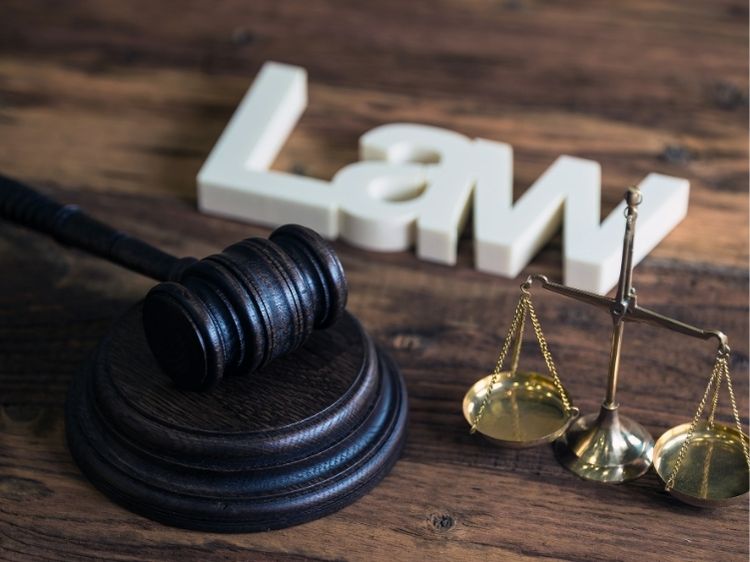Product Liability Lawsuit Cases: An In-Depth Guide
When a product fails and causes harm, the consequences can be devastating. Whether it’s a faulty car part, a dangerous pharmaceutical, or a defective household appliance, the results can lead to serious injury or even death. This is where product liability lawsuits come into play. These legal actions are crucial for holding manufacturers, distributors, and retailers accountable for the safety of the products they sell. In this article, we’ll dive deep into product liability lawsuit cases, exploring their intricacies, providing examples, and answering common questions.
What Are Product Liability Lawsuit Cases?
Product liability refers to a manufacturer or seller being held liable for placing a defective product into the hands of a consumer. Responsibility for a product defect that causes injury lies with all sellers of the product who are in the distribution chain. The law requires that a product meet the ordinary expectations of the consumer. When a product has an unexpected defect or danger, the product cannot be said to meet the ordinary expectations of the consumer.
Product liability lawsuits are brought to court by consumers who have been injured by a product. These cases can be complex, involving multiple parties, expert testimony, and extensive documentation. But at their core, they serve a vital purpose: protecting consumers and ensuring that companies prioritize safety.
Types of Product Liability Claims
Product liability claims generally fall into three categories: manufacturing defects, design defects, and failure to warn (also known as marketing defects).
- Manufacturing Defects: These occur during the construction or production of the item. A manufacturing defect means that the product was flawed due to some error during its manufacture, making it more dangerous than it should be.
- Design Defects: These flaws are present from the beginning, even before the product is manufactured, meaning that something in the design of the product is inherently unsafe.
- Failure to Warn (Marketing Defects): These cases involve a failure to provide adequate warnings or instructions about a product’s proper use.
Examples of Product Liability Lawsuit Cases
To better understand product liability lawsuit cases, let’s look at some high-profile examples:
- The Ford Pinto Case: In the 1970s, the Ford Pinto was found to have a design defect that made it prone to bursting into flames in rear-end collisions. Ford was aware of the issue but decided against recalling the car due to cost considerations. The resulting lawsuits led to significant changes in automobile safety regulations.
- Johnson & Johnson Talcum Powder Case: Thousands of women filed lawsuits against Johnson & Johnson, claiming that the company’s talcum powder products caused ovarian cancer. The lawsuits argued that the company failed to warn consumers about the potential risks.
- General Motors Ignition Switch Recall: GM faced numerous lawsuits after it was revealed that a faulty ignition switch in several car models could cause the engine to shut off while driving, disabling airbags and leading to fatal accidents. The defect was linked to over 100 deaths.
The Legal Process of a Product Liability Lawsuit
If you believe you’ve been harmed by a defective product, understanding the legal process can be crucial. Here’s a step-by-step guide:
- Filing a Complaint: The first step is filing a legal complaint against the manufacturer or seller. This document outlines your allegations and the damages you’re seeking.
- Discovery: Both sides gather evidence, which may include documents, depositions, and expert testimony. This phase can be lengthy, as both parties build their cases.
- Settlement Negotiations: Many product liability cases are settled out of court. Settlement negotiations can occur at any stage of the lawsuit.
- Trial: If a settlement isn’t reached, the case goes to trial. Both sides present their evidence, and a judge or jury makes a decision.
- Appeal: The losing party may appeal the decision, prolonging the legal process.
What You Need to Prove in a Product Liability Case
Proving a product liability case requires showing that the product was defective, the defect caused your injury, and that you were using the product as intended or in a reasonably foreseeable way.
- The Product Was Defective: You must prove that the product had a defect, whether in manufacturing, design, or marketing.
- The Defect Caused the Injury: You must show a direct link between the defect and your injury.
- The Product Was Used as Intended: The product must have been used according to its intended purpose or in a way that the manufacturer could reasonably foresee.
The Role of Experts in Product Liability Cases
Expert testimony is often critical in product liability lawsuit cases. Experts can provide insights into whether a product was defective and whether that defect caused the injury. They may include engineers, medical professionals, or industry experts.
FAQs: Product Liability Lawsuit Cases
Q: How long do I have to file a product liability lawsuit? A: The statute of limitations for product liability cases varies by state. It’s essential to consult with a legal professional as soon as possible to ensure your case is filed within the required time frame.
Q: Can I sue if I wasn’t the one who bought the product? A: Yes, you don’t need to be the one who purchased the product to file a lawsuit. If you were injured by a defective product, you have the right to sue.
Q: What kind of compensation can I expect? A: Compensation in product liability cases can include medical expenses, lost wages, pain and suffering, and punitive damages in some cases.
Q: Do I need a lawyer for a product liability case? A: Yes, product liability cases can be complex, and having an experienced lawyer can significantly improve your chances of a successful outcome.
Conclusion: The Importance of Product Liability Lawsuit Cases
Product liability lawsuit cases are essential for consumer safety. They not only provide justice and compensation to those harmed by defective products but also serve as a powerful deterrent to companies that might otherwise cut corners on safety. By holding manufacturers, distributors, and retailers accountable, these lawsuits help ensure that the products on the market are as safe as possible.





